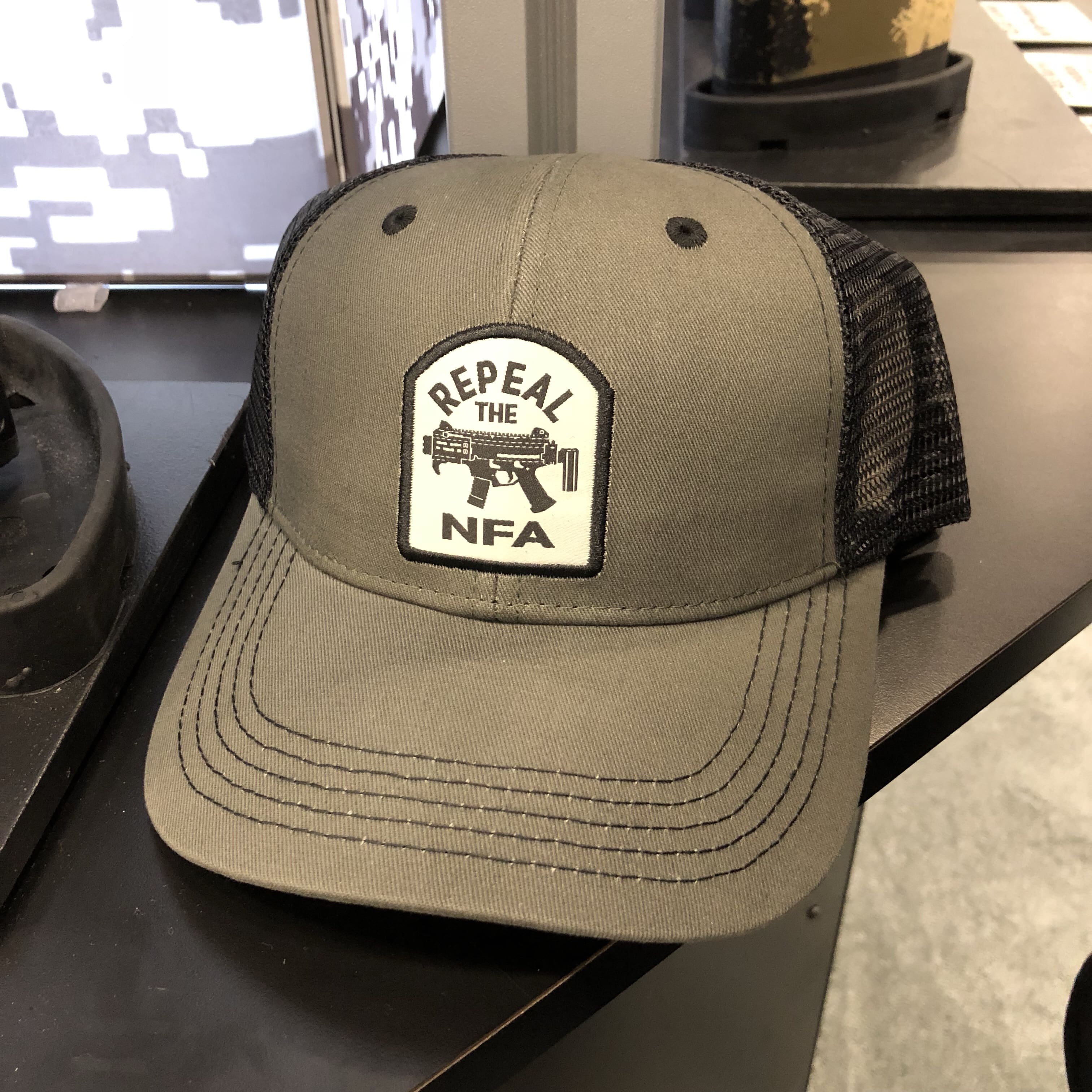For those of you unfamiliar, Shopify is an online sales platform and many companies in the firearms business are built on it, using this licensed technology.
Earlier this week, Canada-based abandoned its pledge to remain apolitical and altered its Acceptable Use Policy to ban use of the software for the sale of firearms, accessories and ammunition. Unfortunately, for these Shopify customers, their very websites rely in this software. What’s more, Shopify hasn’t indicated how long those affected have to comply with the new policy before they “turn them off.”
I’d say it’s time for those affected to switch to an company which respects the rule of law and supports American businesses. As we learn more about this situation and identify platforms which support civil rights, we’ll update you.
The repercussions are wide spread. SSD Advertiser Franklin Armory sent us this press release:
Minden, NV, August 14, 2018– Reputable firearms manufacturer and industry innovator, Franklin Armory®, received word late Monday evening that their ecommerce provider, Shopify, will soon interrupt their lawful commerce of firearms and components due to a sudden change in Shopify’s “Acceptable Use Policy (AUP.)” The new AUP was presented without warning and included a new definition of “Restricted Items” to include flash suppressors, threaded barrels, pistol grips, and even magazines larger than 10 rounds. All of these items are legal to use in a majority of states across the country, yet Shopify is interfering with Franklin Armory®’s lawful interstate commerce.
Because of their lawful commerce in firearms, Franklin Armory® has previously been discriminated against by financial services companies such as Wells Fargo, Bank of America, Citigroup, First Data, Intuit, and Pay Pal. Social media companies such as Facebook, Google, Youtube, and Twitter have also operated under discriminatory policies to throttle down the reach of firearms manufacturers.
Counsel for Franklin Armory®, Jason Davis, stated, “The firearms industry is under an unprecedented attack from the leading facilitators of interstate commerce that deny legitimate firearm businesses access to important structural supports of modern business.”
Jay Jacobson, President of Franklin Armory®, went on to say, “History is replete with examples of discriminatory practices employed against various societal segments. In almost every case, our nation has legislated equal protection for those segments to prevent unfair practices and discrimination. If Congress does not act soon to provide equal protection to all businesses, it is not too much of a leap to see how only approved businesses or people will be able to buy or sell in future financial markets.”
If you would like more information about this topic, please see our website at www.franklinarmory.com.
“This is definitely an attack on our rights and our businesses,” states Nick Hoffman of Tactical Development Group. “For years we’ve fought a losing battle where technology and service providers have created or caved to anti-2A policies. We see it in payment providers and gateways, software licenses, and so-called ‘acceptable use policies’ across the technology space needed to do business online. There is hope, however. We’ve found and use several providers willing to pledge their support to our industry and provide the services we need to create successful online businesses, despite the rhetoric of their peers.”
Where Hoffman used to recommend Shopify and their ‘apolitical AUP’, he now recommends a different solution. “Building our businesses on someone else’s platform leaves us vulnerable – we have too many eggs in one basket and a strategic policy change from a vendor can blindside and cripple us. It’s incumbent of us to be aware of this as we build brands across social media and services where the deck is stacked against us – they don’t want our money or liability. Case in point: pro-2A brands like Black Rifle Coffee Co., Grunt Style, and many others, companies that were also blindsided, operate on and represent substantial revenue to Shopify. Whether Shopify considered the unintended consequences of losing business from brands outside the direct sale of firearms related products or not, it’s going to happen. Diversity in our approach to marketing, building, and facilitating our 2A brands is key to our success in combatting sweeping policy changes like this.”

















































































































